If you’re a woman thinking about starting a family or actively trying, it can be a strange time. After spending your whole adult life trying not to get pregnant, it can seem as if once you start trying things will go off without a hitch-and they often do. But when it comes to optimizing your and your future baby’s health, it can be a bit more complicated than ditching the birth control and taking a prenatal.
Continue reading “Fertility and Preconception Planning”Considering Running? Now’s the Time!
If you’re considering a new exercise regimen during this time of sheltering, I’d like to put in a plug for running. In completing research recently on longevity and healthy aging, I came across “The Runner’s Study,” which prompted me to want to convey the rewards of running, something I started in elementary school, continued throughout college and medical school and today still find beneficial for both the body and mind.
Continue reading “Considering Running? Now’s the Time!”Maintaining a Healthy Immune System During the Ongoing Threat of COVID-19
With the recent and ongoing threat of COVID-19, we are reading more than ever about the immune system, its function, and its failures. And while it would be a hopeful prospect to improve upon a normal and/or healthy immune system, there is little to no evidence that we can take supplements or drink juices to make it work more efficiently. In short, “immune-boosting” is not a possibility.
The good news is that we can make changes in our daily lives to maintain a normal immune response. Here are a few ways that we can keep our system strong.
Continue reading “Maintaining a Healthy Immune System During the Ongoing Threat of COVID-19”Good Morning, Sunshine
Mornings. While some anticipate a superb sunrise, for others it’s the dreaded dawn.
Well, here’s a rousing thought: Your performance and attitude may, in part, be attributed to your method of awakening. But no need to hide under the covers, as even though that harsh alarm and the resulting wide-awake jolt may set the tone for the day, there’s a simple solution, known as dawn simulation.
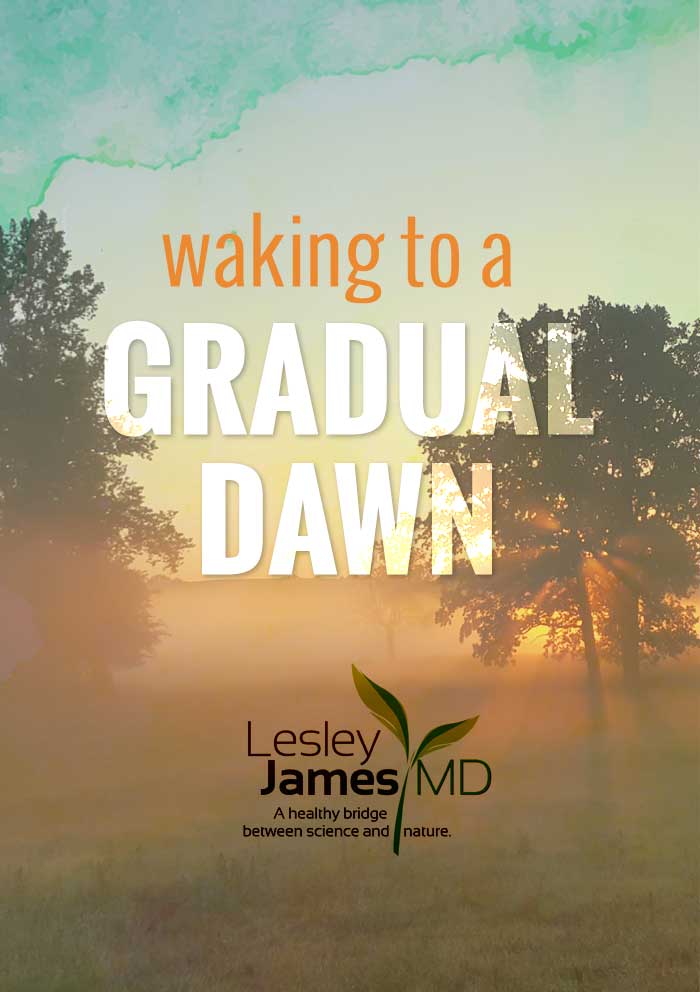
So, what exactly is a dawn simulator?
Simply put, it’s a natural alarm clock that involves timing lights in the bedroom to come on gradually, over a period of between 30 minutes and two hours before your preferred time of awakening. The concept was first patented in the late 1800s, with the realization that light enters through the eyelids, triggering the body to begin its wake-up cycle, including the release of cortisol, a hormone that regulates immune response, so that by the time the light is at full brightness, sleepers wake up on their own, without the need for a traditional alarm.
Your performance and attitude may, in part, be attributed to your method of awakening.
Research shows that, when compared with waking in dim light, the 30-minute sunrise not only left subjects feeling more refreshed and alert upon waking, but reflected an increase in agility, cognitive performance, response time and improved mood. In addition, cortisol levels were reported as significantly elevated, resulting in better overall hormone balance throughout the day.
The treatment is complete prior to awakening.
Dawn simulators, also known as wake-up lights or natural light alarm clocks that gradually transition you from a state of slumber, differ from other light therapies, as the treatment is complete prior to awakening, making it a convenient alternative to post-awakening bright therapy. The process is a lower intensity, and not considered a therapy for Seasonal Affective Disorder (SAD), but can certainly be used in addition to treatment.
In my house, we’ve fully embraced waking to a gradual dawn rather than the jolt of an alarm, especially living in Rochester, NY, where 83% of our days are cloudy—a tad lower than Seattle’s 84%. I hope that you, too, will give dawn simulators a try and reap the benefits of this truly bright idea for rising and shining.
Light Therapy Reviews
The Healing Power of Nature
– John Burroughs
I go to nature to be soothed and healed, and to have my senses put in order.
I confess I am a nature-lover/tree-hugger/environmentalist – whatever you want to call someone who loves to be in nature. Nature is healing for me, as it has been for so many others throughout time. Now there is research that validates this, and raises questions whether the lack of exposure to nature could aggravate or even cause certain conditions such as ADHD. Do we need nature for our bodies as well as our souls?
Nature Heals and Restores
In 1984, Science magazine published a landmark article by Roger Ulrich showing strong evidence that nature promotes healing. Patients hospitalized in rooms with a view of nature had shorter hospital stays and used less pain medication.
For people with chronic conditions who reside in restricted environments, simple exposure to a garden dramatically decreases anxiety, agitation, and social withdrawal. For patients who can enter into natural spaces and gardens, the amount of psychiatric drugs decreases. According to Clare Cooper Marcus, (UC Berkeley), being in nature puts the mind in a meditative state: we stop obsessing and worrying and start living in the present moment, which in turn decreases stress, improves hypertension, and increases immune function.
We are influenced by our environment in more ways than we are aware. Research from Richard Ryan at the University of Rochester shows that paying attention to nature can affect social values and actions — exposure to a natural environment leads people to value community and close relationships.
When in nature, you may experience these benefits, too:
- Exposure to Vitamin D (via sunshine) which is necessary for optimum bone, brain, and immunity health).
- Increased activity: you tend to move around more when outside and you get more benefits from outdoor exercise.
- Natural light during the day and darkness at night helps to maintain our natural circadian rhythms. Lack of natural light and dark interferes with sleep, energy, and moods.
- Vision: Our ancestors who looked often at the horizon lacked the deficits we have today so more of us need corrective lenses.
- Hearing: Our ears were once used to detect changes in the complex acoustical patterns of nature, such as forests, running water, rain, and wind. Noise pollution negatively affects our emotions, nervous system, and physiology.
Ecopsychology
Ecopsychology is a new field of study that asks, “If exposure to nature is beneficial, what happens when we withdraw from it?”
Richard Louv identified Nature Deficit Disorder in his popular book Last Child in the Woods, asserting that children are spending less time outdoors which results in a wide range of behavioral problems. Nancy Wells found that being close to nature improves a child’s attention span, and research by University of Illinois shows that children in a greener setting experience more relief from ADHD symptoms.
To improve your and your family’s exposure to nature:
- Set up study areas in rooms with a view of nature.
- Encourage outdoor play in green spaces and advocate for green school yards. Outdoor play at recess renews concentration.
- Plant or take care of trees and vegetation in your area.
By losing connection to nature we lose ability to restore ourselves.
The loss of natural space is becoming a public health issue, yet we are less aware of the disappearance of green spaces around us. To improve the “nature” of your life:
- Incorporate green spaces in the design of your home, workspace, and school.
- Prescribe “Green Time” as a self-therapy.
- Create a habit to go outside every day.
- Learn to recognize your local wildlife.
- Create access to green spaces for those around you, especially for the very young and for seniors.
- Brighten the day by placing a plant in any room that lacks a view.
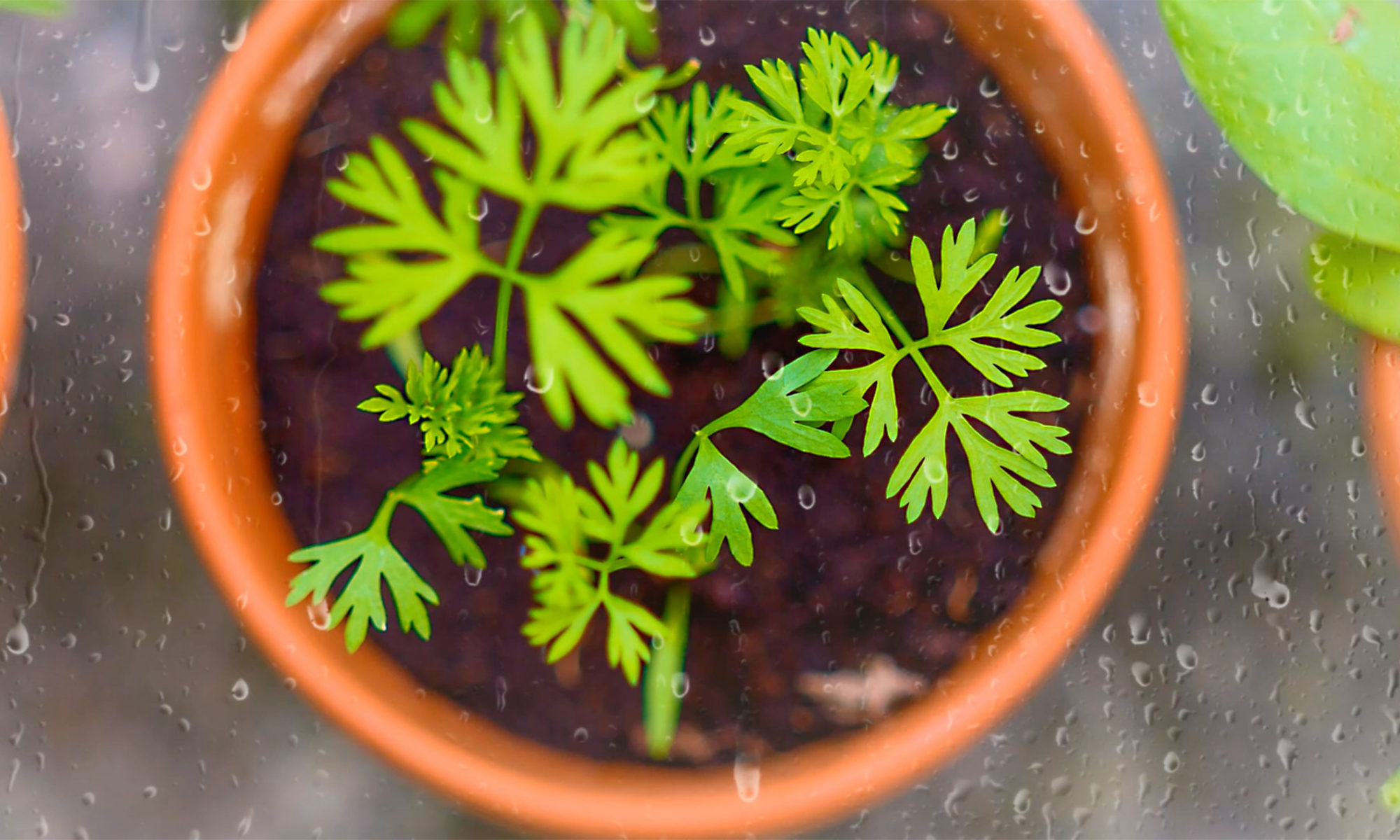
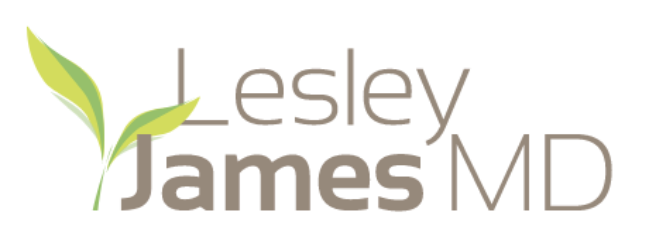


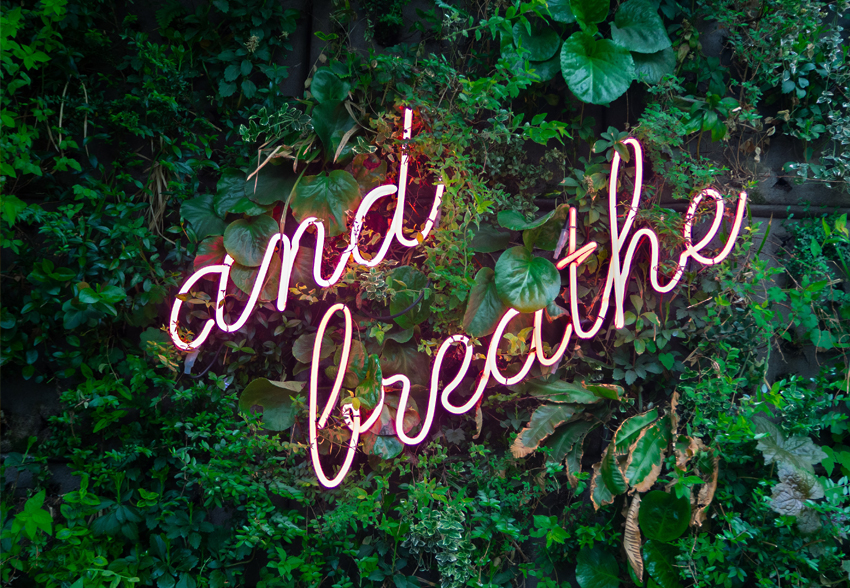
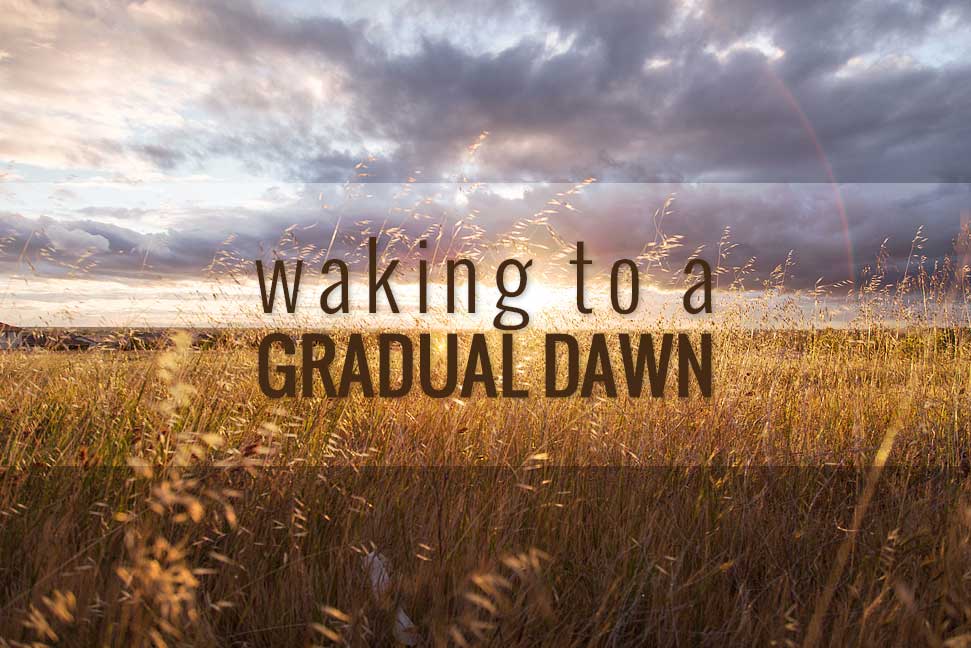
 I go to nature to be soothed and healed, and to have my senses put in order.
I go to nature to be soothed and healed, and to have my senses put in order.